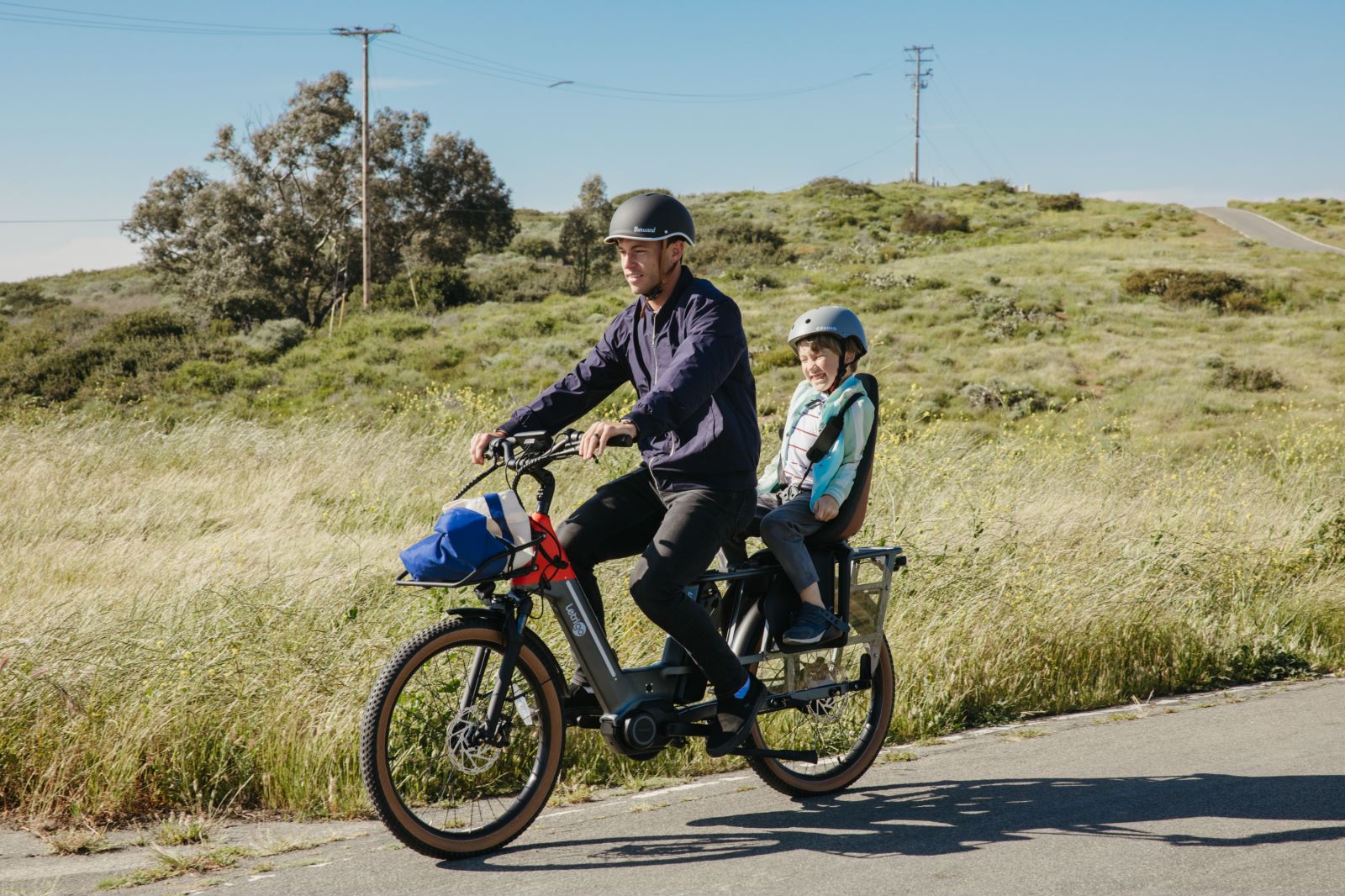I am confused too. It seems by the name of the jpg file, the plot that saneagle posted in #50 was made with the speedict kit, not a KT controller.As far as I could make out from that figure, it is not as per my post.
Wondering whether KT pas level is actually controlling battery current rather than motor current, like @Sparksandbangs is trying to achieve. It would be interesting to see motor phase current along with battery current & speed for any specific pas level with KT controller.
Also, unless I am mistaken, if your chosen assist level means that the controller will aim for example 5A battery current and you slow down, you don't need all the 5A, you'll need a lot less. What would the controller do?




